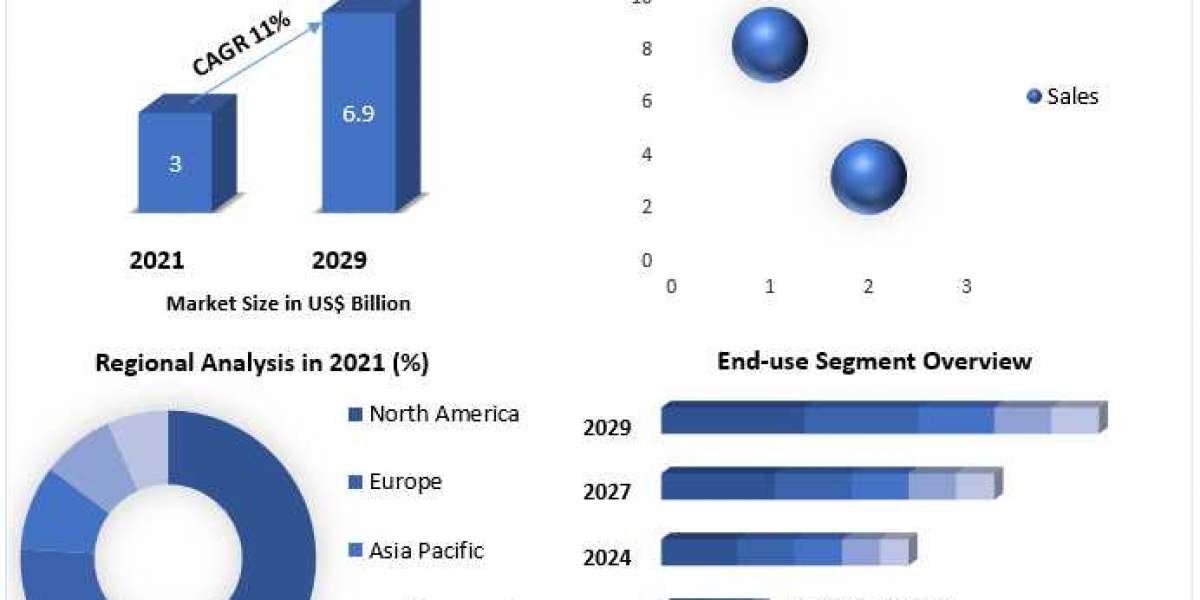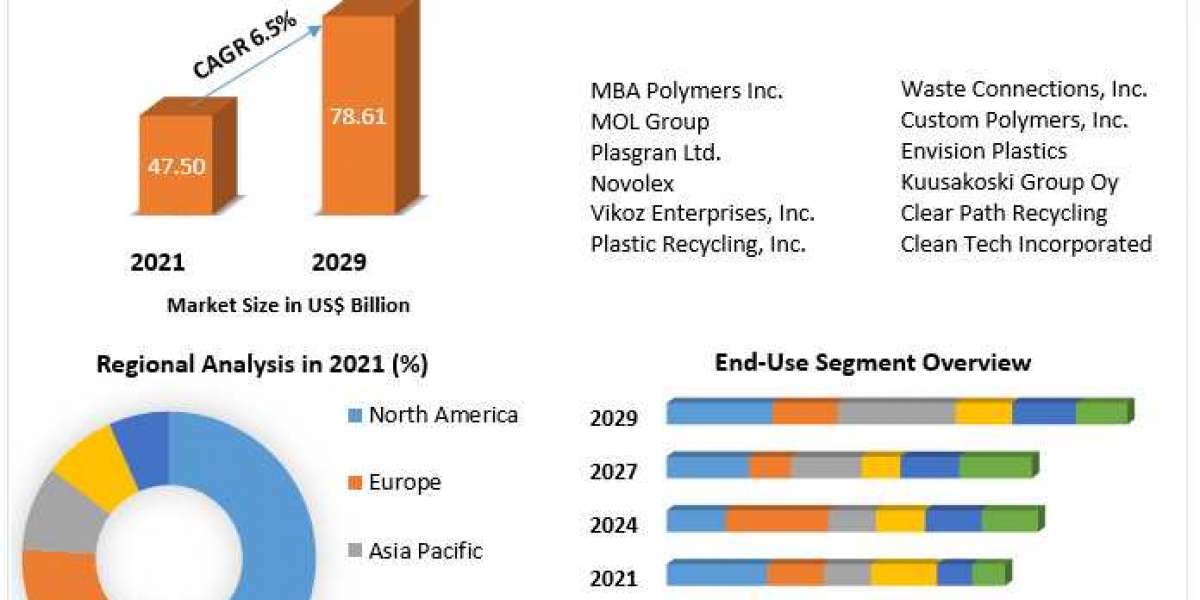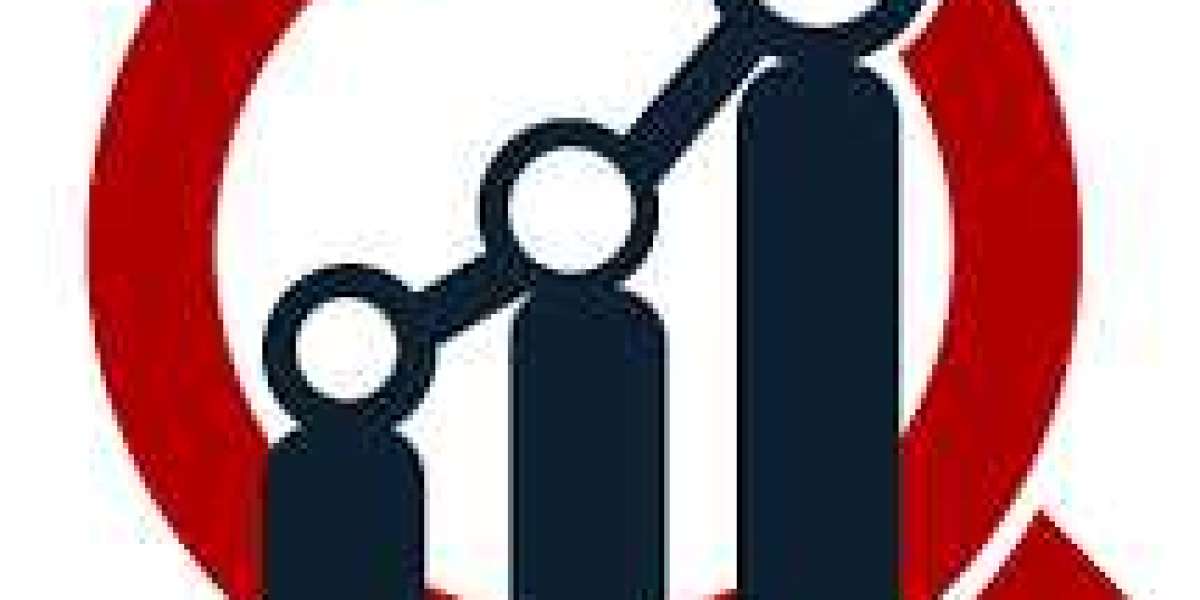In the fast-paced world of business, efficiency is paramount. Organizations are constantly seeking ways to streamline their operations to enhance productivity and stay competitive. One crucial aspect of this optimization is the Procure-to-Pay (P2P) process, and many businesses are turning to SAP (Systems, Applications, and Products) to navigate and enhance this vital workflow.
The Procure-to-Pay process encompasses all the steps involved in obtaining goods or services, from the initial procurement request to the final payment. It involves multiple stakeholders, including procurement teams, finance departments, and suppliers. Streamlining this complex process is essential for organizations looking to minimize costs, reduce errors, and improve overall efficiency.
SAP, a leader in enterprise software, offers a comprehensive solution for optimizing the Procure-to-Pay process. Let's explore how SAP can be a game-changer in streamlining business operations.
1. Centralized Procurement Management:
SAP provides a centralized platform that brings together all procurement-related activities. This centralized approach allows organizations to manage and monitor the entire procurement lifecycle from a single interface. By consolidating data and processes, businesses can gain real-time visibility into their procurement activities, enabling better decision-making and strategic planning.
2. Efficient Vendor Management:
Vendor relationships are critical to the success of any business. SAP facilitates efficient vendor management by providing tools to assess and select suppliers based on performance, pricing, and reliability. The system also enables automated communication with vendors, reducing the need for manual interventions and minimizing the risk of errors.
3. Automated Purchase Order Processing:
SAP automates the creation and processing of purchase orders, eliminating the need for time-consuming manual entries. This automation not only accelerates the procurement cycle but also reduces the likelihood of errors associated with manual data entry. By leveraging SAP's capabilities, businesses can achieve a more accurate and timely purchase order process.
4. Invoice Management and Approval Workflows:
One of the bottlenecks in the Procure-to-Pay process is the manual handling of invoices. SAP streamlines this aspect by automating invoice management and approval workflows. The system can match invoices with purchase orders and receipts, ensuring accuracy and compliance with organizational policies. Automating the approval process also accelerates payment cycles, enhancing cash flow management.
5. Real-Time Analytics and Reporting:
SAP provides robust analytics and reporting tools that offer real-time insights into procurement performance. Organizations can track key metrics, such as spend analysis, vendor performance, and compliance metrics, enabling data-driven decision-making. These insights empower businesses to identify areas for improvement, negotiate better terms with suppliers, and optimize overall procurement strategies.
6. Integration with Other Business Processes:
One of the strengths of SAP is its seamless integration with other business processes. Integration with finance, inventory management, and other core functions ensures data consistency across the organization. This interconnected approach eliminates silos, enhances collaboration between departments, and provides a holistic view of the entire business operation.
7. Enhanced Security and Compliance:
Security and compliance are non-negotiable in the business world, especially when dealing with sensitive procurement data. SAP's robust security features and compliance capabilities ensure that sensitive information is protected, and regulatory requirements are met. This is crucial for businesses operating in highly regulated industries or those handling confidential procurement information.
Conclusion:
In conclusion, streamlining the Procure-to-Pay process is a strategic imperative for businesses aiming to enhance efficiency and competitiveness. SAP's comprehensive solution offers a myriad of benefits, from centralized procurement management to automated workflows and real-time analytics. By leveraging SAP, organizations can navigate the complexities of the Procure-to-Pay process with ease, paving the way for improved operational efficiency, cost savings, and sustained growth. As businesses continue to evolve, embracing innovative solutions like SAP becomes not just a choice but a necessity for those seeking to stay ahead in today's dynamic and competitive marketplace.








